Entry Category: Science and Technology
Tornadoes
Trees
Trematodes
aka: Flatworms
aka: Flukes
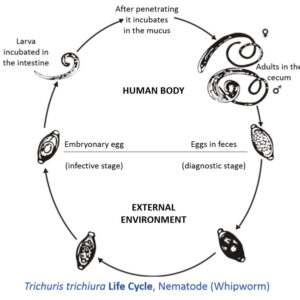 Trichuris Life Cycle
Trichuris Life Cycle
Tropical Cyclones
aka: Tropical Storms and Depressions
 Tufted Titmouse
Tufted Titmouse
 Tumbling Shoals Suspension Bridge
Tumbling Shoals Suspension Bridge
Turpentine Creek Wildlife Refuge
U.S. Army Corps of Engineers, Little Rock District
University of Arkansas Rice Research and Extension Center
Venomous Snakes
 View of Four Seasons Garden Sculpture
View of Four Seasons Garden Sculpture
Vines
Weather in the Civil War
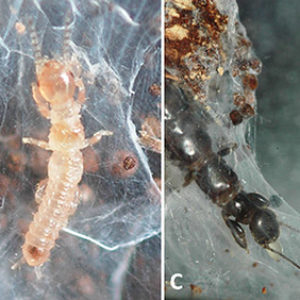 Webspinners
Webspinners
Webspinners
aka: Footspinners
aka: Embiids
 West Nile Virus
West Nile Virus
 West Nile Virus Distribution
West Nile Virus Distribution
 West Point Landing
West Point Landing
Western Mosquitofish
aka: Gambusia
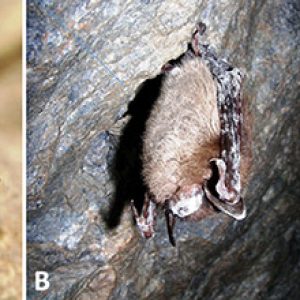 White Nose Syndrome
White Nose Syndrome
White Nose Syndrome
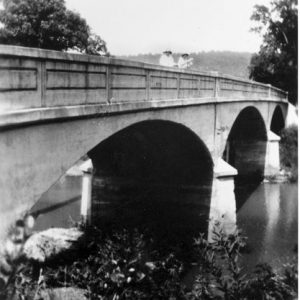 White River Bridge at Elkins
White River Bridge at Elkins
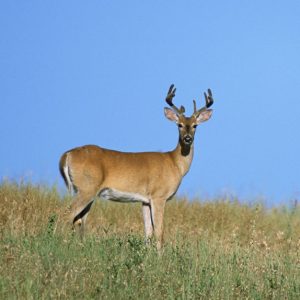 White-tailed Deer, Official State Mammal
White-tailed Deer, Official State Mammal
Wildflowers
Williams, Virginia Anne Rice
Willow Flycatchers
aka: Empidonax traillii
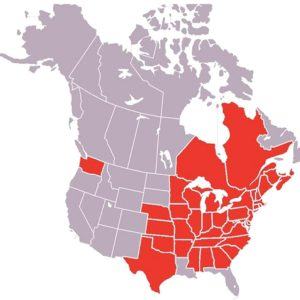 WNS Affected Areas
WNS Affected Areas
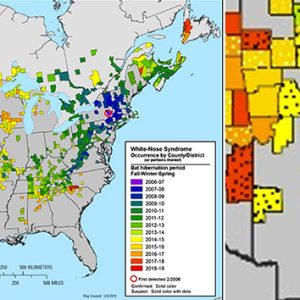 WNS Occurrence
WNS Occurrence
 WNS Pathology
WNS Pathology
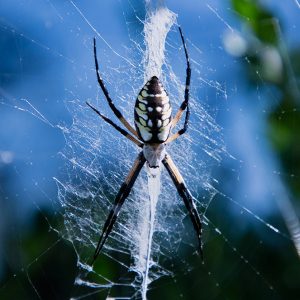 Yellow Garden Orb Weaver
Yellow Garden Orb Weaver
 Zebra Swallowtail
Zebra Swallowtail




